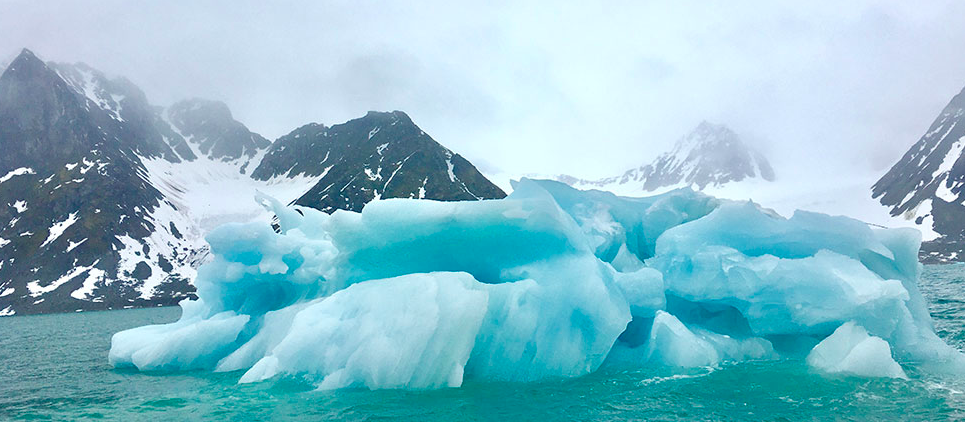New York City can feel like the centre of the world at normal times. And when presidents, prime ministers and A-listers gather there, it’s easy to imagine it’s the only place that matters.
But when delegates assemble for the UN Climate Action Summit, they might feel less like masters of the universe and increasingly more irrelevant as the world changes around them, faster than diplomacy and the old, established ways of the business of governing can keep up.
Delegates in New York cannot fail to have noticed the armies of schoolchildren and adults marching across the world’s towns and cities in the name of faster climate action.
And that isn’t the only off-stage development about to emerge from the shadows and underline the inadequacy of any dithering that might be heard in the UN building this week.
Just two days after the Summit finishes, scientists from the Intergovernmental Panel on Climate Change (IPCC) will drop their latest reality check on why climate action is so urgent. Like past reports from the IPCC it will be shocking. The report – officially the Special Report on the Ocean and Cryosphere in a Changing Climate – is about how the world’s seas, ice caps, glaciers, permafrost, shelf ice and snow are responding to global heating, how they will change in the coming decades, and what will happen if emissions don’t fall.

It won’t make for comfortable reading.
Among the topics, it will cover are questions over how quickly, and high the ocean will rise without rapid emission cuts. It will show how fast glaciers around the world are melting, with dire consequences for the hundreds of millions of people who rely on them for water supplies. It will warn about the effects of ocean warming, acidification and other changes on marine life, from fish to mussels to corals. And it will show how rising temperatures could lead to more warming as feedback effects kick in.
All of this helps explain why the UN Secretary-General Antonio Guterres is insisting that governments come to the Summit with a plan.
The science that the report will draw on is clear that rapid emission cuts are the only way to stop the changes to the world’s ocean and frozen areas that would otherwise put us on a path of escalating destruction.
There are stark differences in how the world could look towards the end of the century – within the lifetime of some of the children marching this week – depending on whether emissions head towards zero now or if they are allowed to continue unchecked.
Some of the most vulnerable countries, like low-lying island states and mountain nations, will find in the report more evidence that their continued existence depends on decisions about emissions that will be made over the next few months and years.
But even the world’s richest countries will not be able to escape the effects of changes to the ocean and cryosphere.

The consequences of sea-level rise, glacier melt, disruption to marine life and further warming from feedbacks will be felt everywhere, and the pain the world will face will be much greater if emissions are allowed to continue at anything close to their current level.
All of this will underline the fact that pressure on countries to come to the Summit with stronger plans to cut emissions isn’t only about acting in the common good: it’s also about self-interest.
Take the three coastal countries whose finance for toxic coal technology is among the greatest threats to the world; Japan, China and South Korea. Among the threats, the report will assess is one directly relevant to these countries – the growing flood risk to major cities from the combination of sea-level rise, storm surges and superpowered typhoons.
And while the scale of the destruction will depend on decisions made now, some damage is now unavoidable. Even if the world limits warming to 1.5°C, sea levels will keep rising, glaciers will keep melting and oceans will continue to acidify for decades to come
That means the most vulnerable countries will also need help adapting to the changes they will inevitably face and some will be fighting for their survival. Major emitters, the cause of these threats, must come up with finance to help poorer countries cope with what the IPCC will tell us is coming.
Early estimates from the 20 September climate strikes showed around 4 million people turning out in support of the growing youth strike movement, who – like the Extinction Rebellion and much of civil society from grassroots groups to international NGO networks – are mobilising under the banner ‘Unite behind the science.’

